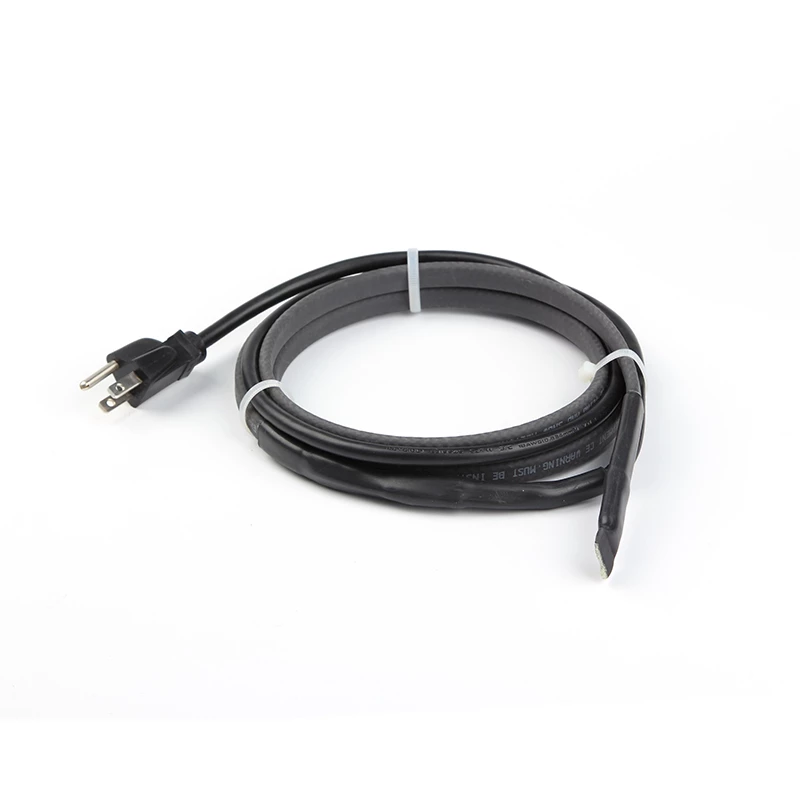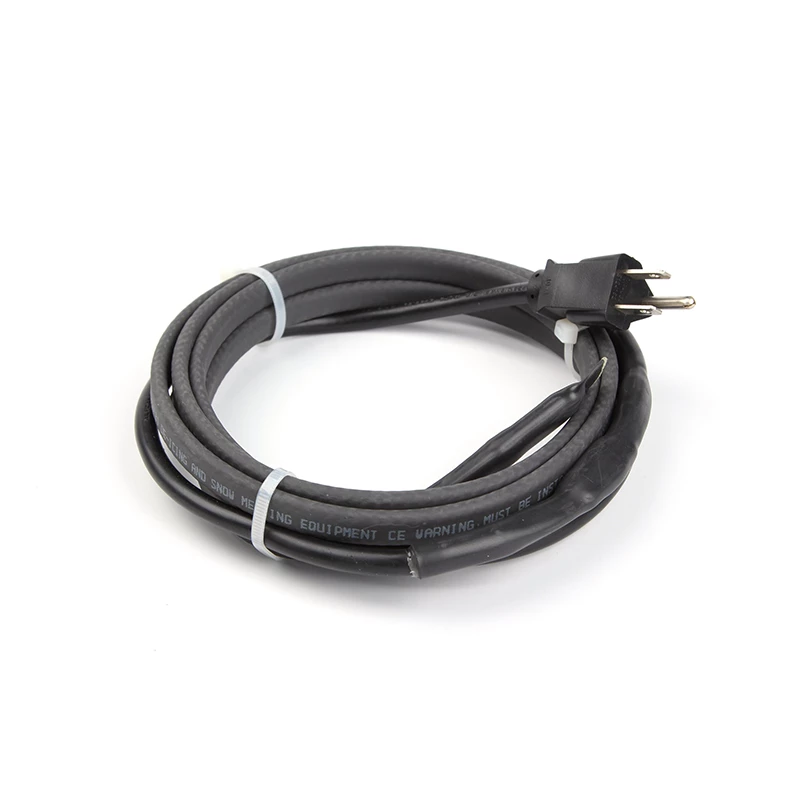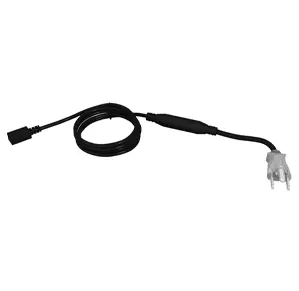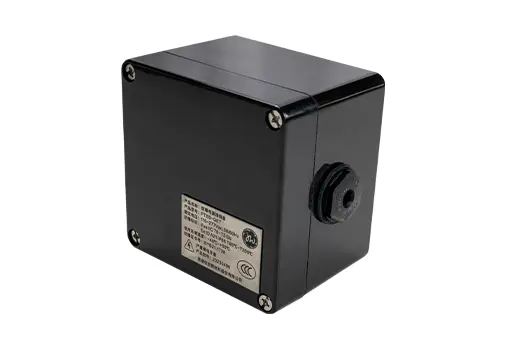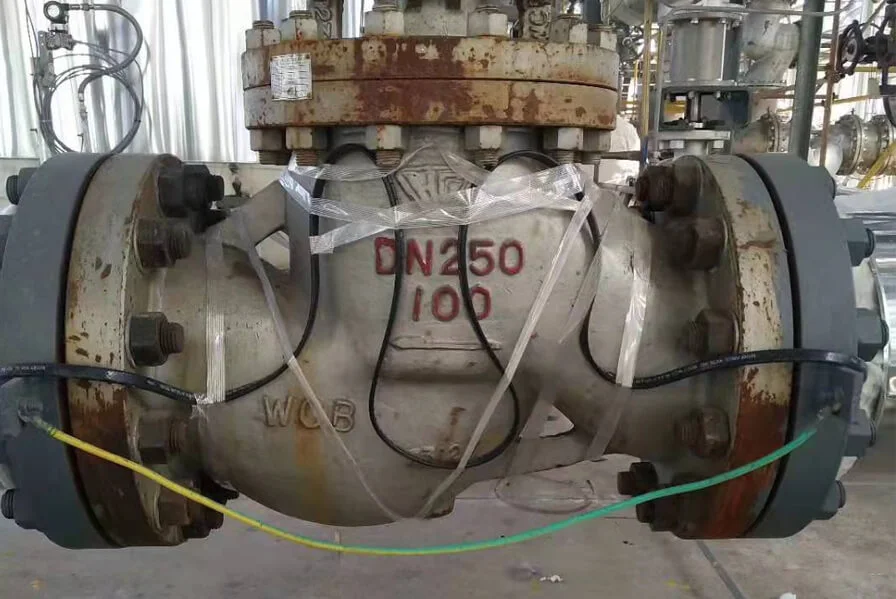Self-regulating heating cables are innovative solutions designed to provide efficient and reliable heat in various applications. Unlike traditional heating systems, these cables adjust their heat output based on the surrounding temperature, making them both energy-efficient and versatile. Their importance extends across residential, commercial, and industrial sectors, addressing needs from pipe freeze protection to driveway de-icing.
What is a Self-Regulating Heating Cable?
Self-regulating heating cables are electrical cables that automatically adjust their heating output in response to changes in temperature. The core concept behind these cables involves a unique construction that incorporates conductive polymers, which change their resistance as the temperature varies. This self-regulating feature ensures that the cable provides just the right amount of heat without overheating, unlike traditional heating cables which operate at a constant temperature.
In contrast to traditional heating cables, which typically have a fixed heat output, self-regulating cables use a more sophisticated mechanism. Traditional cables require external controls and thermostats to manage their temperature, potentially leading to energy waste or insufficient heating. Self-regulating cables, however, inherently adjust their heat output based on the ambient temperature, offering a more adaptive and efficient heating solution.
How Self-Regulating Heating Cables Work
Basic Operating Principle
The heart of a self-regulating heating cable is its conductive polymer core. This polymer has the remarkable ability to change its electrical resistance with temperature fluctuations. When the temperature around the cable drops, the polymer's resistance increases, causing the cable to generate more heat. Conversely, as the temperature rises, the polymer’s resistance decreases, reducing the heat output. This dynamic adjustment helps maintain a consistent temperature while avoiding the risk of overheating, making these cables highly efficient.
Construction and Materials
Self-regulating heating cables typically consist of several key components. The core of the cable contains conductive polymers that play a crucial role in its self-regulating function. Surrounding this core is an outer insulation layer designed to protect the cable from environmental damage and ensure safety. The overall construction includes a conductive braid or shield that helps in distributing heat evenly and enhancing durability. This combination of materials ensures that the cable remains effective and safe under various conditions.
Advantages of Self-Regulating Heating Cables
Energy Efficiency and Cost Savings
One of the primary benefits of self-regulating heating cables is their energy efficiency. By adjusting their heat output based on the ambient temperature, these cables reduce energy consumption and lower operational costs. This efficiency is particularly valuable in applications where heat needs vary throughout the day or season.
Safety Features
Self-regulating heating cables are designed with safety in mind. Their ability to prevent overheating reduces the risk of fire hazards, making them a safer option compared to traditional heating cables. Additionally, their automatic adjustment feature helps prevent overheating of the areas they are installed in.
Versatility in Installation and Application
These cables are incredibly versatile and can be used in a wide range of applications. Whether for heating pipes to prevent freezing, de-icing driveways, or providing heat in industrial settings, self-regulating cables adapt to different environments and requirements with ease. Their flexibility and adaptability make them a popular choice for various heating needs.
Applications of Self-Regulating Heating Cables
Residential Uses
In residential settings, self-regulating heating cables are often used to prevent pipes from freezing during winter. They can also be installed in driveways and walkways to melt snow and ice, reducing the risk of slips and falls. Their ability to self-regulate makes them ideal for these applications, as they adjust their heat output based on the temperature of the pipes or surfaces.
Commercial and Industrial Applications
In commercial and industrial environments, these cables are employed for freeze protection in large pipes and tanks. They are also used in greenhouses and other facilities where temperature control is crucial. Their durability and efficiency make them suitable for demanding industrial applications.
Specialized Uses
Self-regulating heating cables are also used in specialized applications such as heating roofs to prevent ice dams or maintaining specific temperatures in process equipment. Their precise control and reliability make them valuable in scenarios requiring consistent temperature management.
Installation and Maintenance
Installation Guidelines
Proper installation is crucial for the optimal performance of self-regulating heating cables. Preparation involves assessing the installation area and ensuring compatibility with existing systems. Connecting the cables correctly and integrating them with temperature controls, if necessary, ensures effective operation. Following manufacturer guidelines during installation helps avoid common issues and maximizes the cable’s efficiency.
Maintenance Tips
Maintaining self-regulating heating cables involves regular inspections to ensure they are functioning correctly. Checking for any signs of wear or damage and addressing issues promptly helps extend the cable's lifespan. Regular maintenance also includes verifying the cable's connections and ensuring it remains free from debris or obstructions that could impact its performance.
Troubleshooting Common Issues
Common issues with self-regulating heating cables include uneven heating or complete failure. These problems may arise from improper installation, physical damage, or electrical faults. Solutions often involve inspecting the cable for visible damage, checking connections, and testing the system with a multimeter. Preventive measures include regular maintenance and adhering to installation guidelines.
Conclusion
Self-regulating heating cables are ideal for a variety of heating applications due to their efficiency, safety and versatility. They are able to automatically adjust heat output according to temperature, ensuring energy saving and efficient performance. As technology advances, future trends in self-regulating heating cables may include higher efficiency and enhanced functionality, continuing to increase their role in modern heating solutions.
If you want to get high-quality self-regulating heating cables, you might as well try Jiahong. As a professional self-regulating heating cable manufacturer, Jiahong can provide you with high-quality products and services. Welcome to contact us for detailed ordering information!


